Aug. 19, 2022
Over the last 70 years, disc brakes have almost entirely replaced drum brakes in commercial and personal cars around the world. However, there are still many cars, generally more affordable, low-end models, which utilize both to provide effective braking.
These days, drum brakes are most commonly found in lorries, trucks, and other heavy goods vehicles, but there are some cars which have them too.
In these cars, it is most common to see drum brakes on the rear wheels and disc brakes on the front brakes. This is because an average of 75% of braking energy comes from the front brakes, as opposed to the rear brakes.
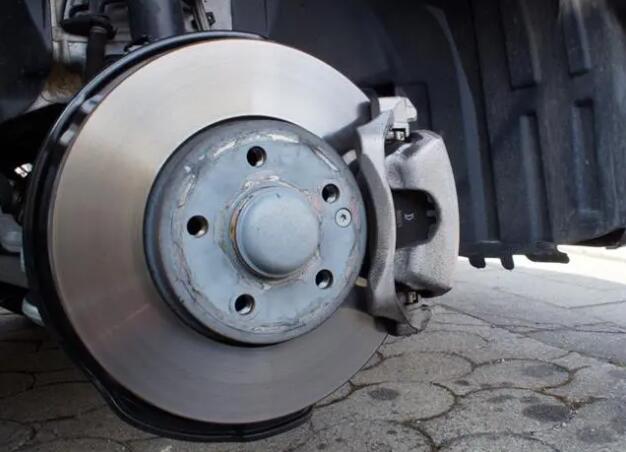
Disc brakes and drum brakes were actually invented around about the same time. However, there were many problems with the first disc brake design (which was created in England in 1890). This meant that they were not widely used in cars until 60 years later.
The first successful application of disc brakes on a large scale was when they were used on airplanes during WW2. The modern drum brake, however, was used in automobiles almost immediately after their advent. First used in a Maybach car in 1900, drum brakes were not patented until 1902 and stayed much the same in design until the 1930s.
How do disc brakes work? To put it simply, disc brakes are those which use calipers to squeeze a pair of pads against a disc or rotor, thereby slowing the rotational speed of a wheel and holding it stationary when needed. These days, hydraulically actuated disc brakes are the most commonly used because of their efficiency and durability.
How do drum brakes work? In short, friction is generated by a set of pads (sometimes called shoes), which are pressed against a rotating, cylindrical brake drum to slow and stop a vehicle. There are also hybrid options, called pinch drum brakes, where the drum is pinched between the pads or shoes, but these are far less common.
Disc brakes are most commonly used, especially in the front wheels of vehicles, because they are seen as more efficient and reliable. Of course, they do have their drawbacks, which is why certain kinds of vehicles are less likely to use them.
● Lower Rate of Brake Fade
Disc brakes are better at managing and dispersing heat than drum brakes. This means that they experience less brake fade than drum brakes and offer a more consistent performance.
This is because the disc is closer to the pads and expands even when the calipers are relaxed. It can even impact how to adjust disk brakes in the future.
● Better Performance in Wet Conditions
The rotor used by disc brakes will repel water and the pads will wipe droplets away. This keeps the brakes relatively clear from moisture, and offers a more consistent performance - even in heavy rain. There is, of course, a threshold after which even the best disc brakes will suffer, but they are generally very reliable.
● Less Likely to Lock
Disc brakes operate in a relatively straightforward way, which makes them less likely to overheat or lock during periods of heavy braking. This is, obviously, a major point in their favour when it comes to safety. These brakes are also far less likely to warp.
● Cost
Disc brakes are generally more expensive than drum brakes and therefore impact the pricing of vehicles, especially new ones. For those on a tight budget, drum brakes may be a more accessible option.
Adjusting drum brakes and replacing drum brakes can be a fairly common occurrence for those who have cars that feature them. This is just one of the downsides to this more cost-effective option.
However, drum brakes have their own benefits which make them uniquely suited to HVG vehicles in particular.
● Cost Effective
One of the main advantages of drum brakes is that they’re less costly than disc brakes. This is reflected in the cost of the vehicles which choose to use them on some or all wheels.
● Independent Operation
Drum brakes do not require ABS brakes or assistance in the same way that disc brakes do. That’s because they can operate using their own hydraulic actuators. This makes them very useful for large vehicles and as rear drum brakes for smaller vehicles as a kind of backup.
● Large Brake Pads
These brakes do not require extra power or assistance when it comes to slowing or stopping vehicles in extreme situations, thanks to their large pads. These large brake pads multiply the braking force which is generated.
However, this also makes it far more likely that the wheels will lock. Even still, if you’re looking into how to adjust drum breaks, this design can make the process simpler.
● Poor Heat Dispersion
The large amount of friction created by drum brake pads may make them useful for stopping heavy or large vehicles quickly, but they also increase the amount of heat produced. This is an issue because the drum actually expands away from the pads as it heats up, unlike discs which expand towards the pads. This reduces their efficiency as they overheat.
● Less Effective in Wet Conditions
Drums cannot expel water in the same way that discs can and, as such, they are more prone to corrosion and rusting when they are frequently faced with wet weather. This will lead to inefficiency and the eventual breakdown of the brakes.
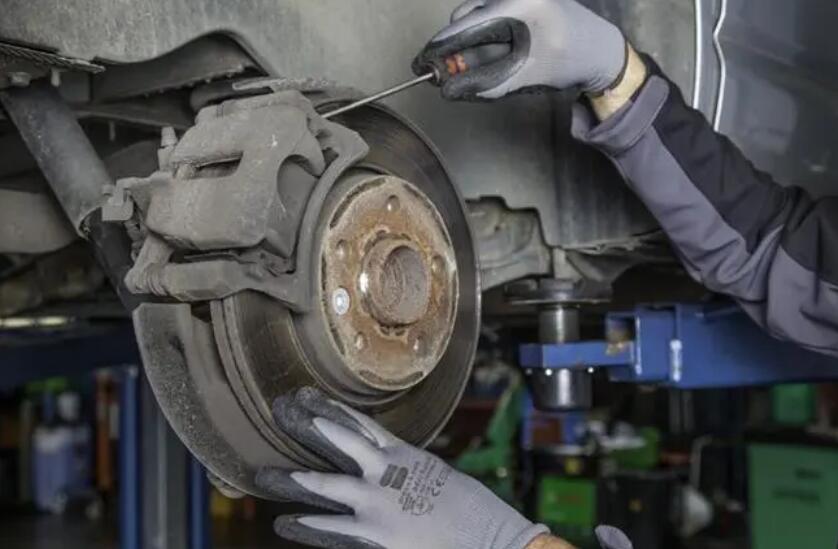
As you have seen, drum and disc brakes each have their own strengths and weaknesses. This is why many manufacturers choose to use both in their vehicles, as each can compensate for the other.
However, front axle brakes are almost always disc brakes, because they are less likely to lock and they disperse heat better. Drum brakes, on the flipside, are most often used on rear axles. Rear drum brakes can apply greater force and lock the wheel when needed, without making the car impossible to control.
Related News
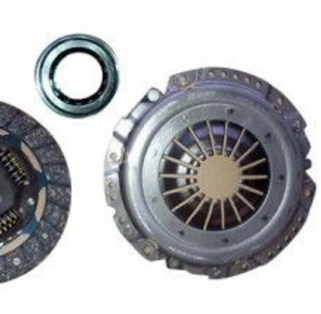
Function and Characteristics of Automotive Clutch
Jun. 28, 2023
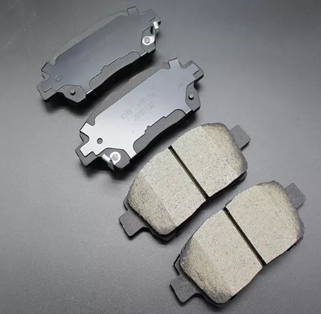
Brake Shoe vs. Brake Pad: What's the Difference?
Jun. 16, 2023
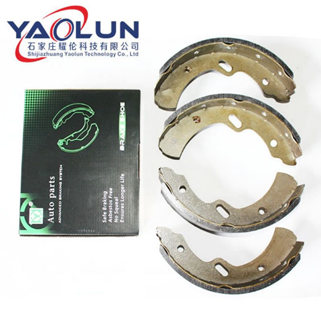
Common Signs of Worn-out Brake Shoe
May. 26, 2023
Product Categories
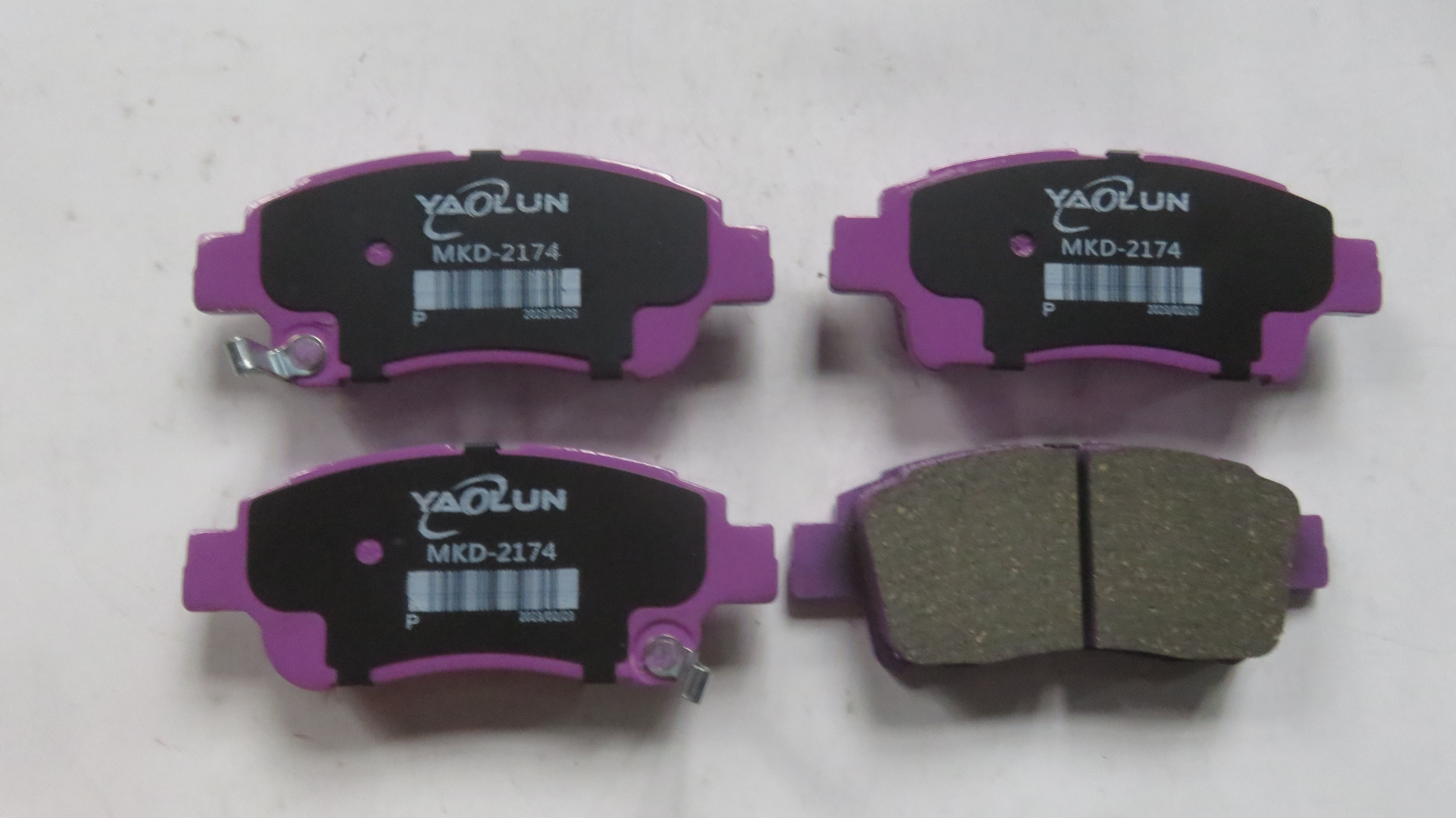
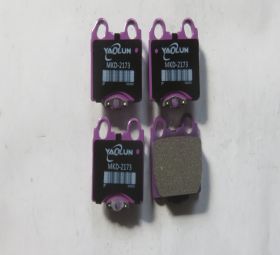
Brake Pads MKD2173 LEXUS,TOYOTA GS,IS,SC,Crown,Majesta, Royal 1jz ,2jz,1G 1997-2011 REAR
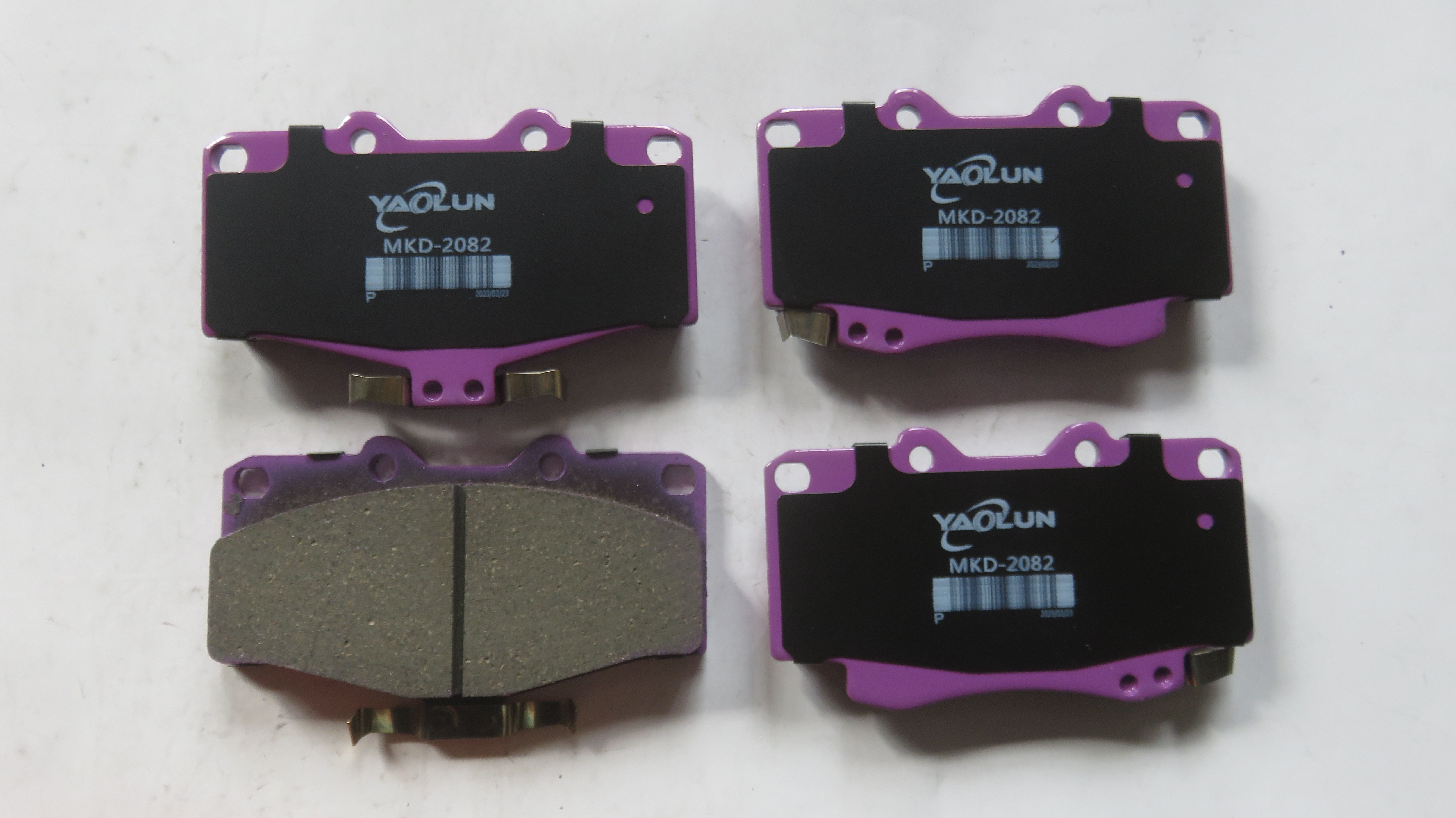
Brake pads MKD2082 TOYOTA L/C 1990-1998 Lexus LX450 1996-1997 FRONT
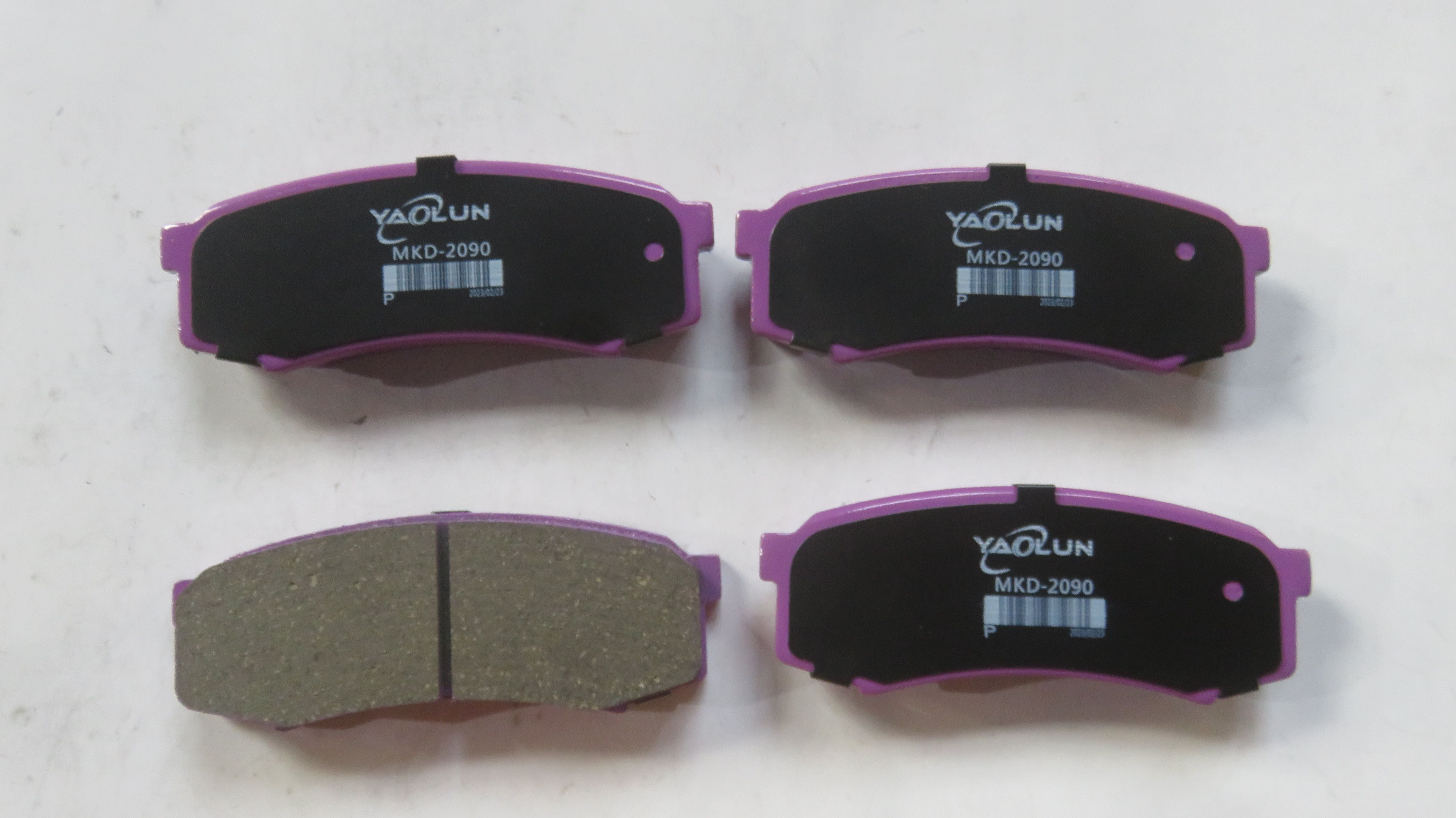
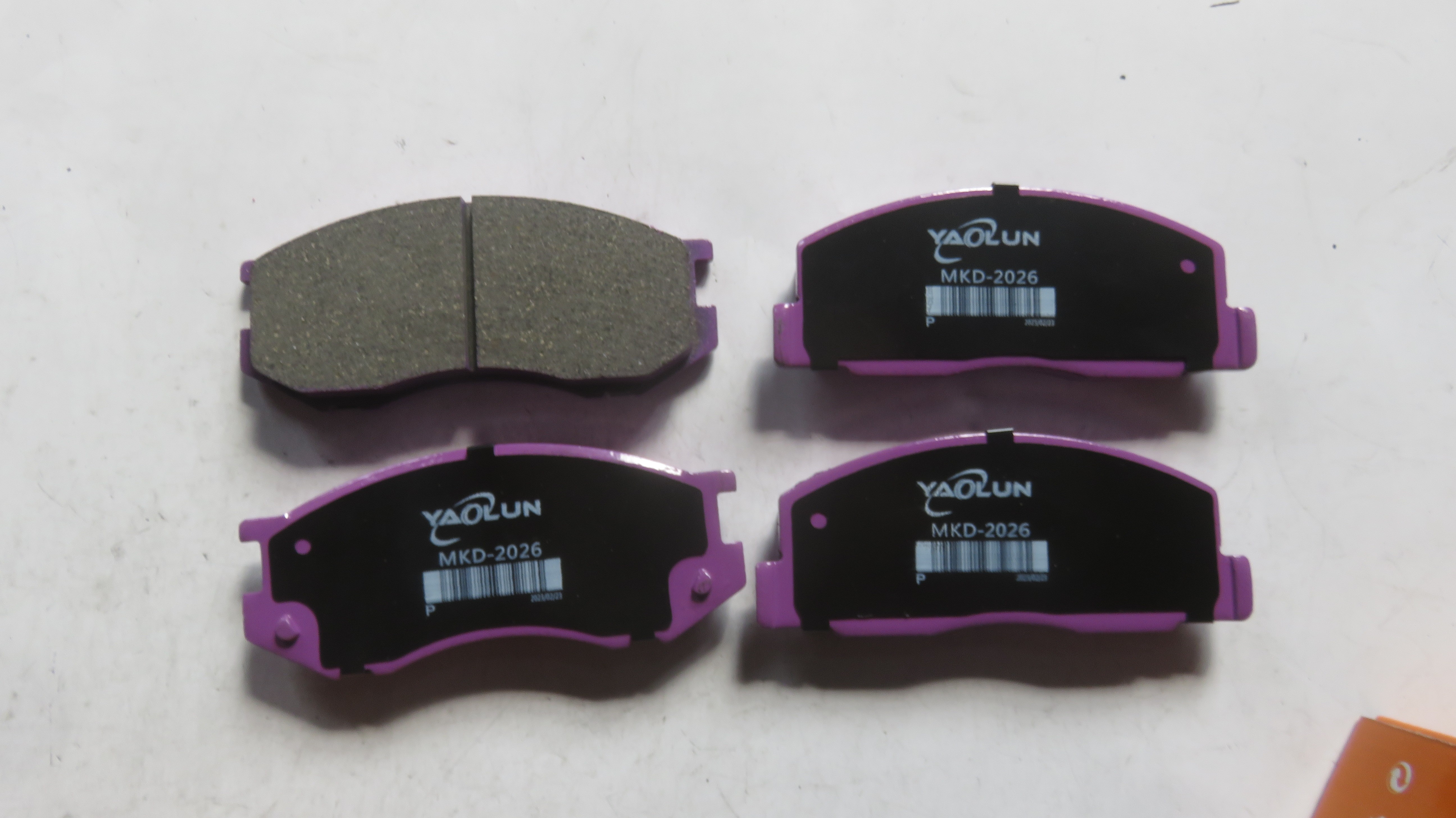
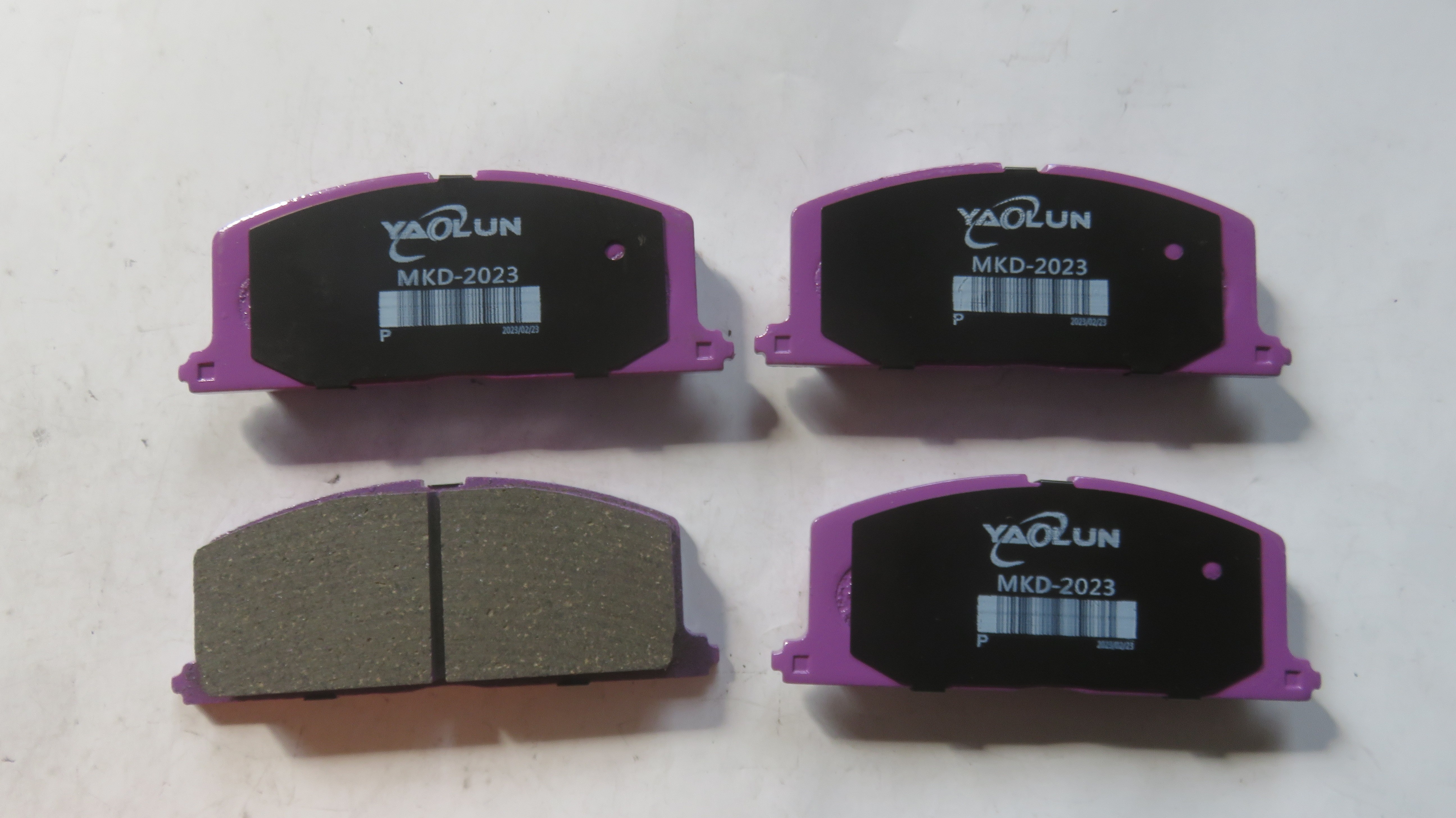
Brake pads MKD2023 Toyota AE90/100/110 Caldina,Carina,Corolla,corona front 1998-2002
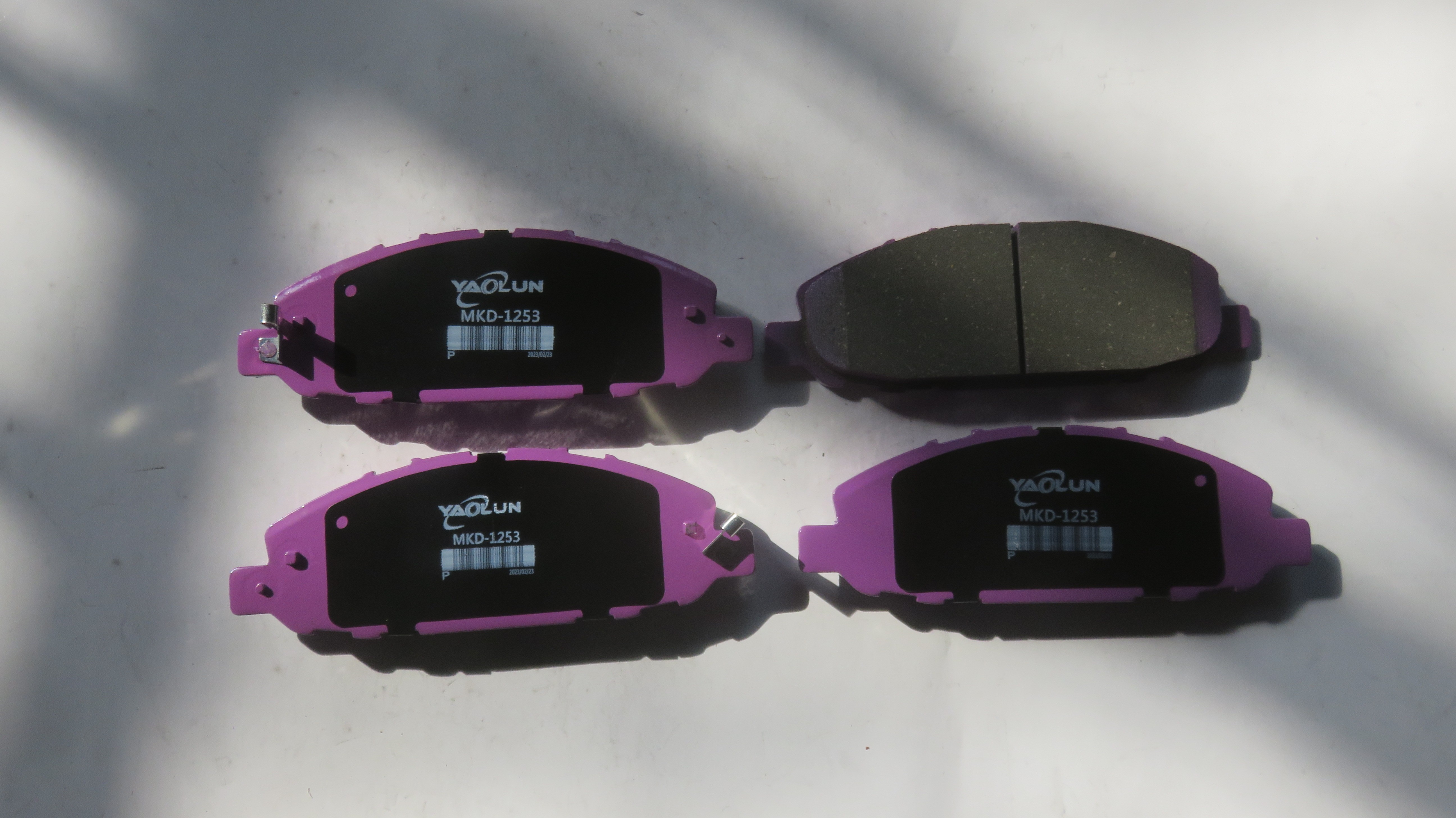
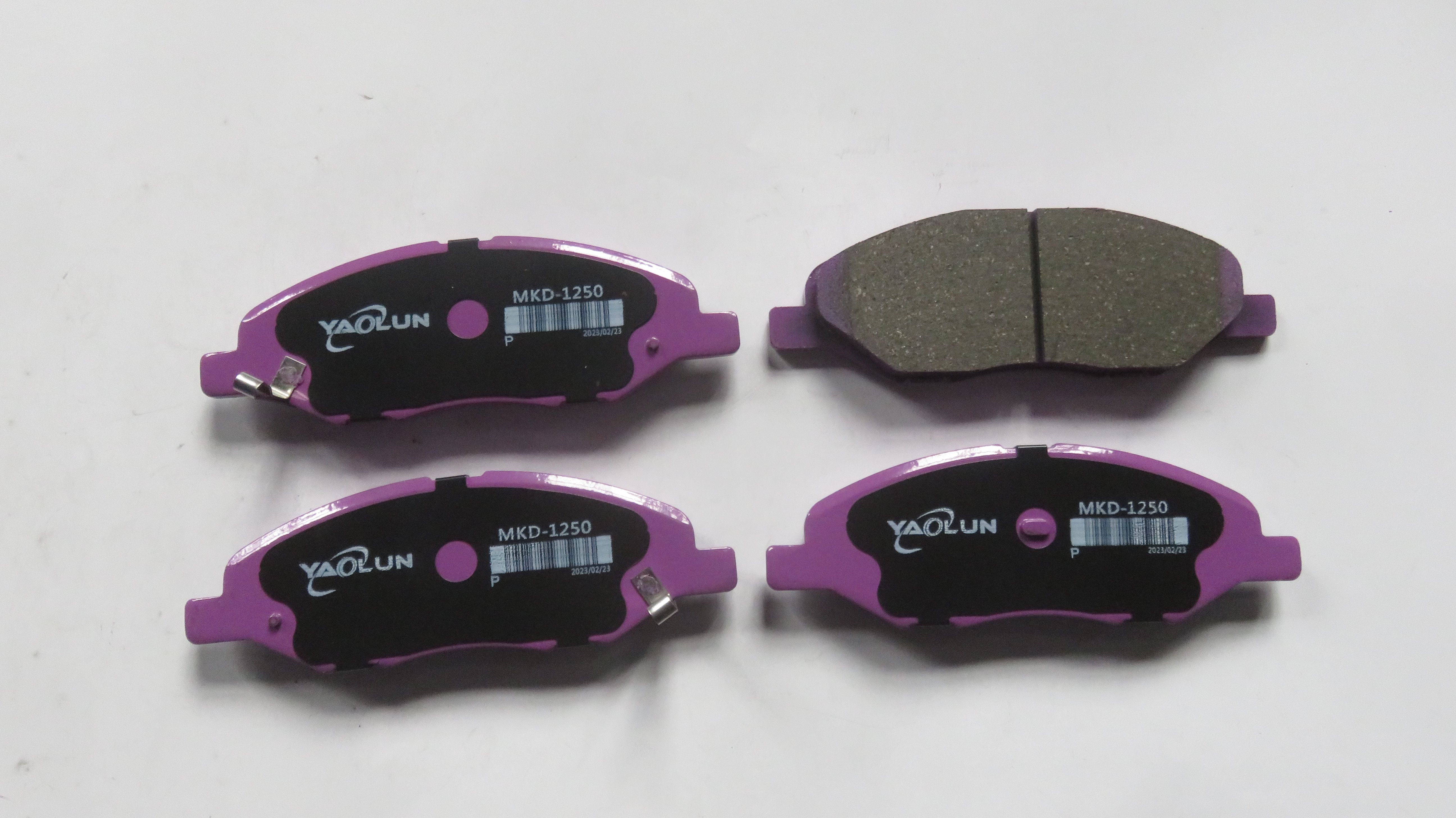
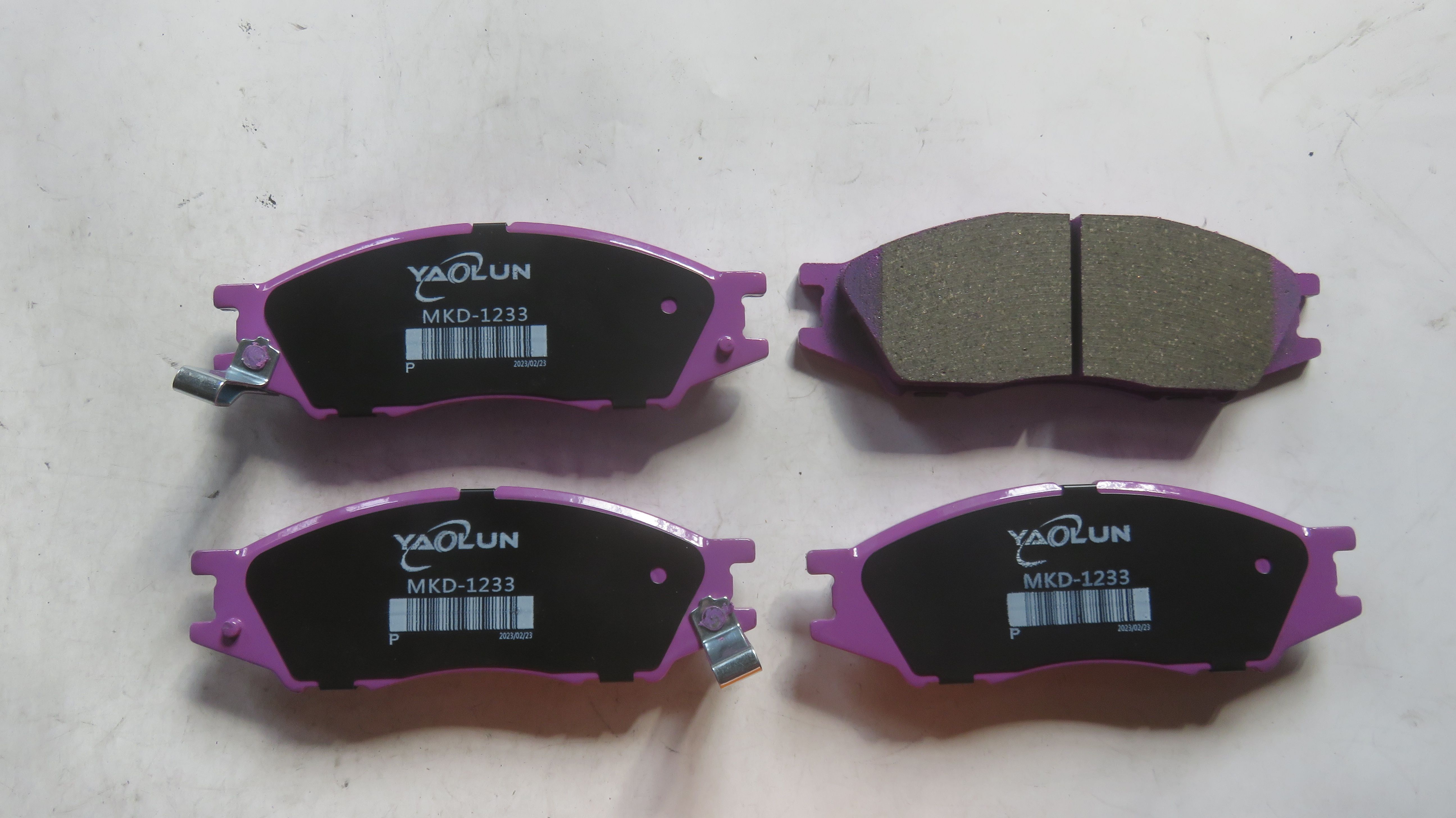
Brake pads MKD1233 NISSAN Almera II CC 1.5,1.8,2.2 2002 Front
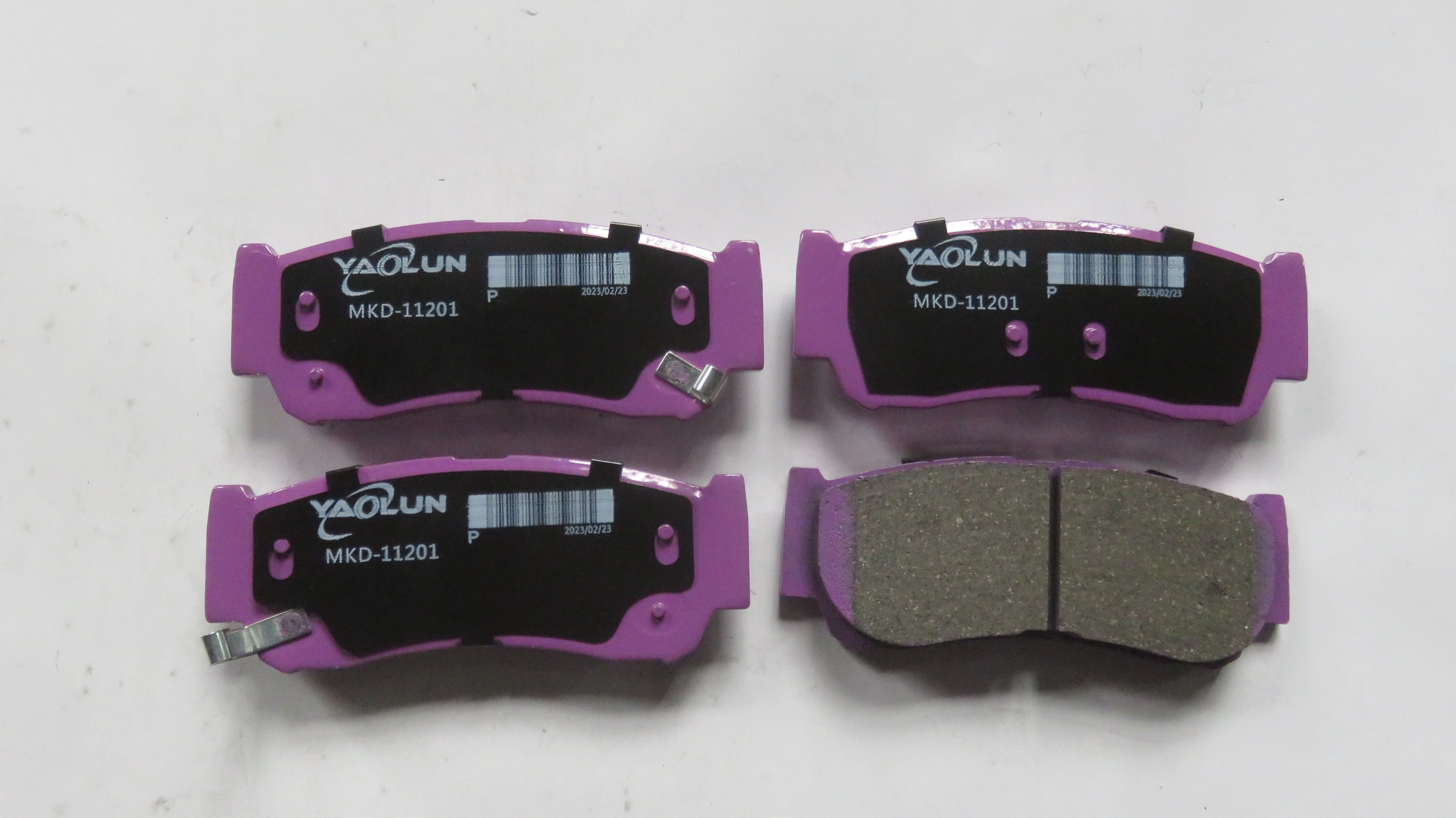
Brake Pads MKD-11201 HYUNDAI SANTA FE CC 2.2,2.7(HUATAI)front
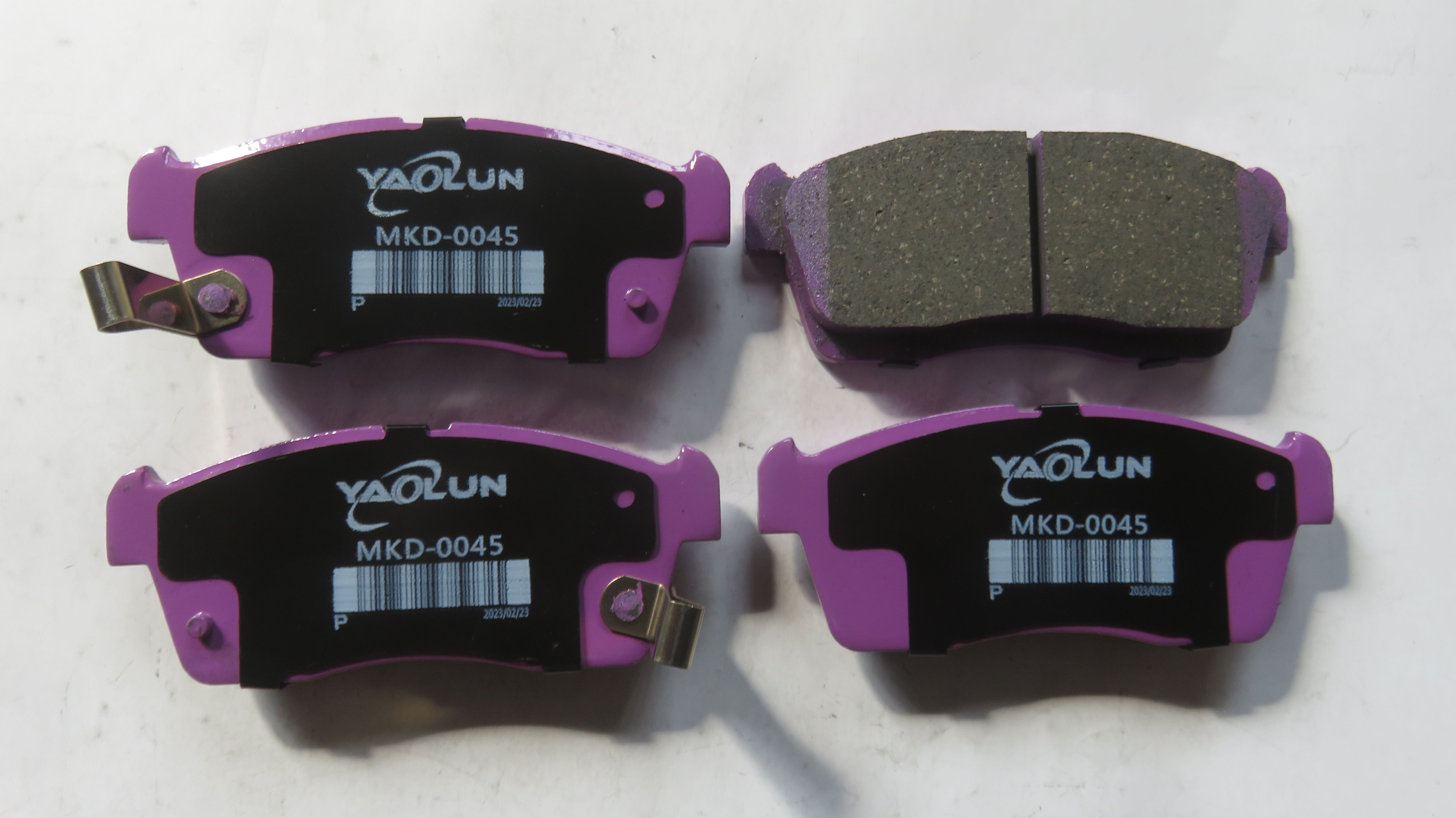
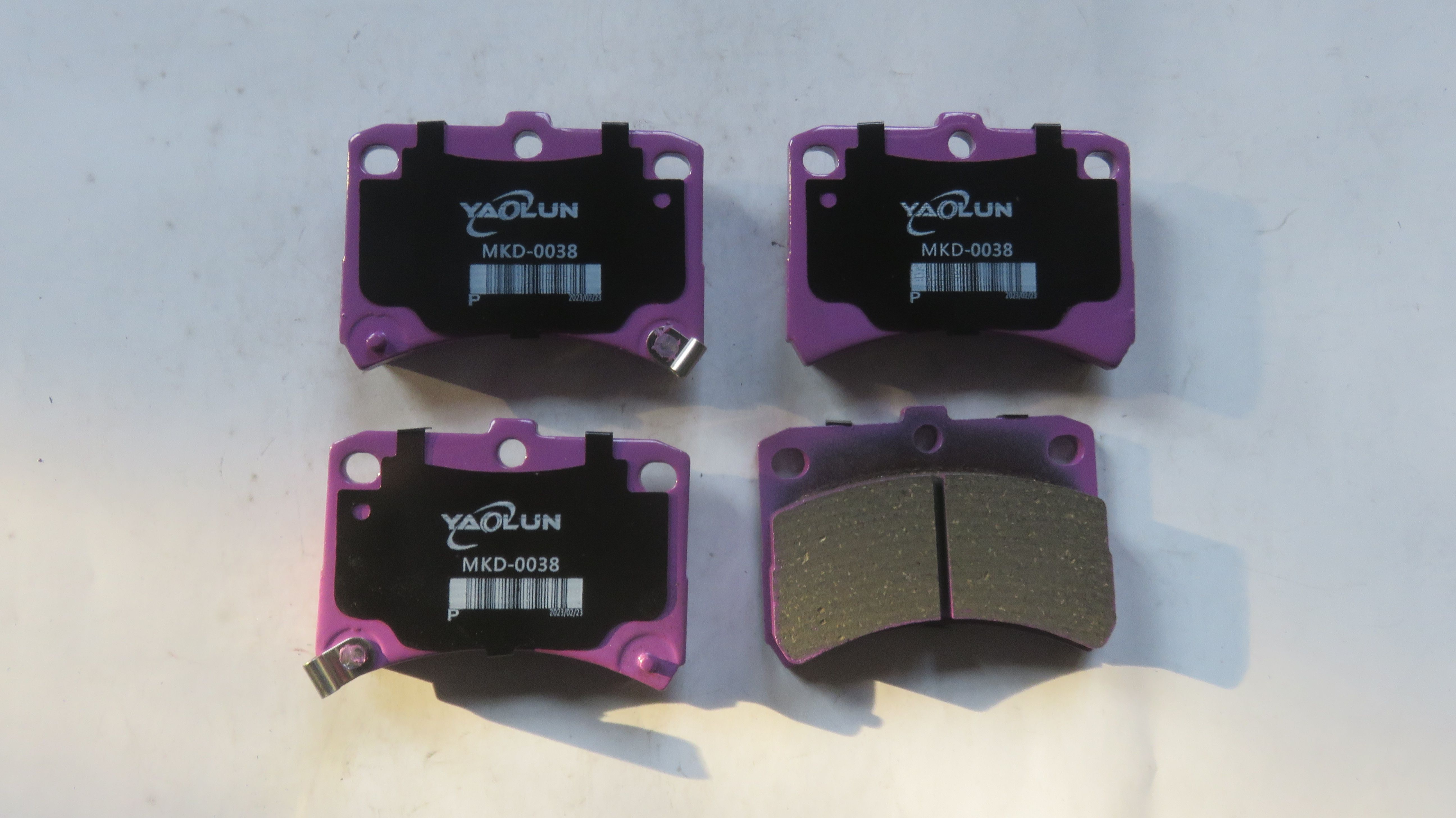
Brake pads MKD-0038 DAIHTSU Cuore VI(L7),Hijet, PERODUA,1998-2003
Navigation
>> E-mail: yaolun002@yaolunautoparts.com
>> Mob.: +86 13091010404
Subscribe To Our Newsletter
Stay in touch with us to get latest news and discount coupons
